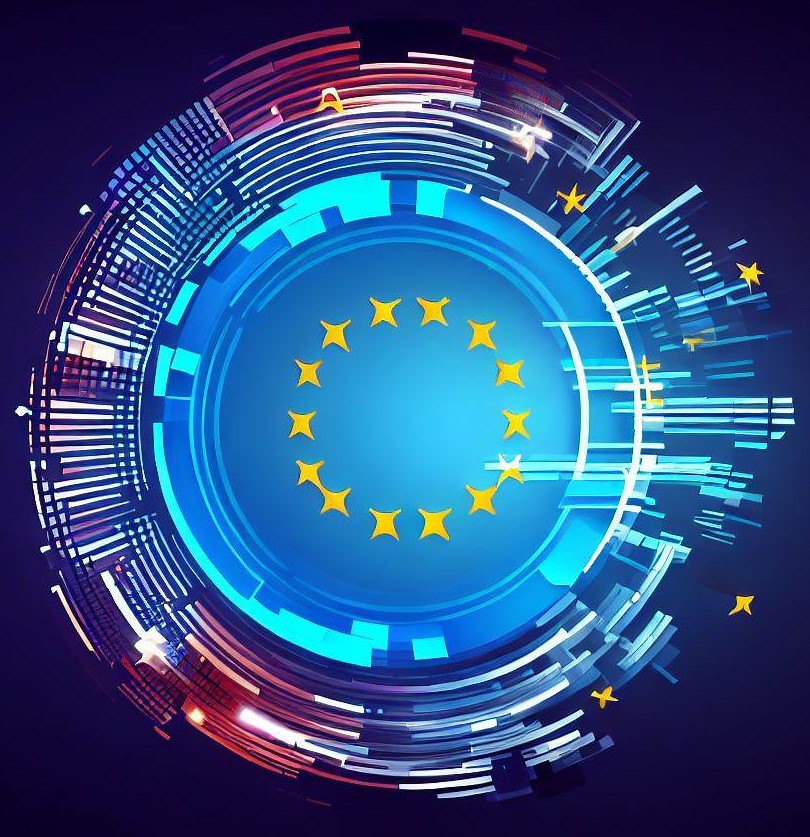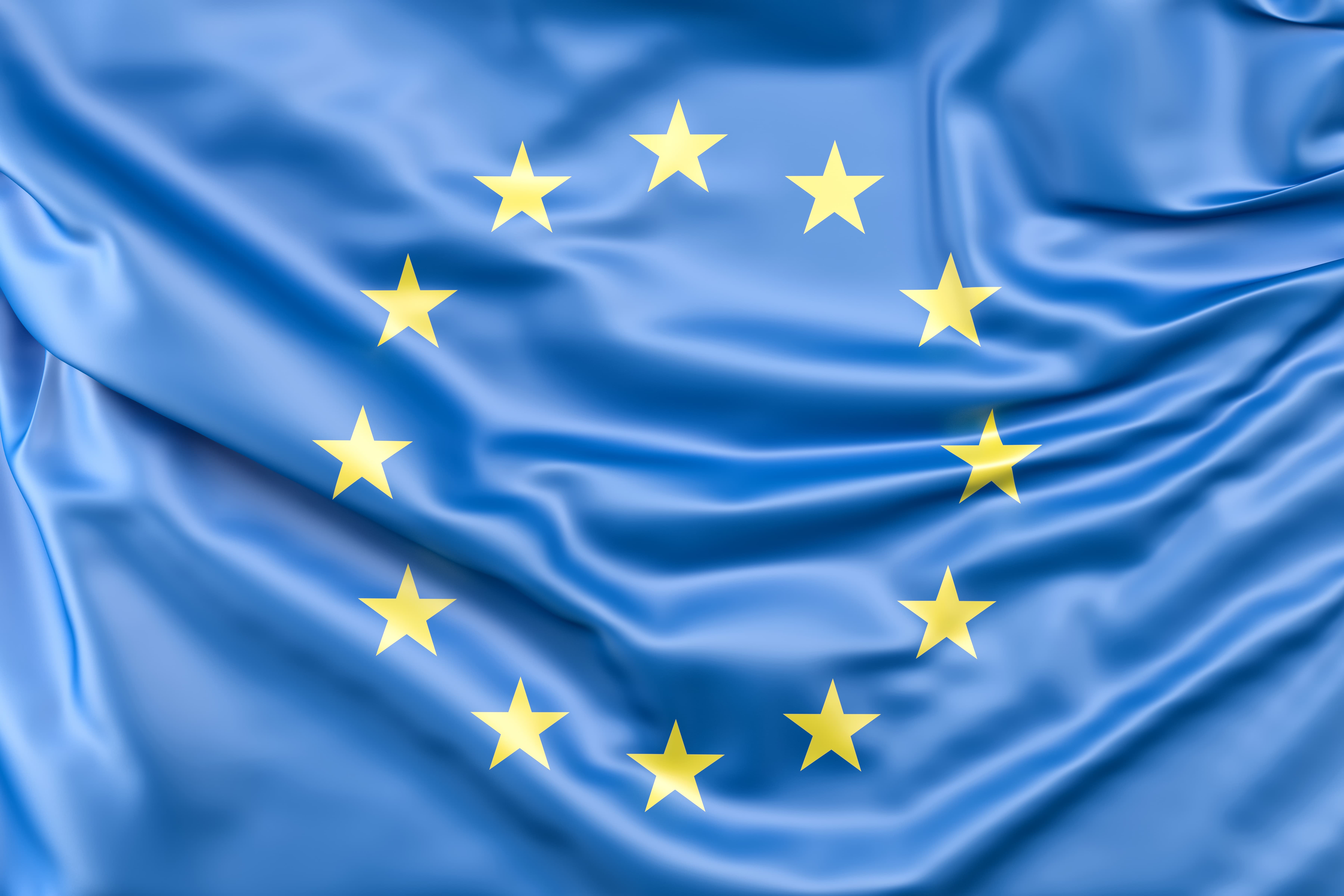South Korea’s flagship AI foundation model project has entered a decisive phase after accusations that leading participants relied on foreign open source components instead of building systems entirely independently.
The controversy has reignited debate over how ‘from scratch’ development should be defined within government-backed AI initiatives aimed at strengthening national sovereignty.
Scrutiny has focused on Naver Cloud after developers identified near-identical similarities between its vision encoder and models released by Alibaba, alongside disclosures that audio components drew on OpenAI technology.
The dispute now sits with the Ministry of Science and ICT, which must determine whether independence applies only to a model’s core or extends to all major components.
An outcome that is expected to shape South Korea’s AI strategy by balancing deeper self-reliance against the realities of global open-source ecosystems.
Would you like to learn more about AI, tech and digital diplomacy? If so, ask our Diplo chatbot!










